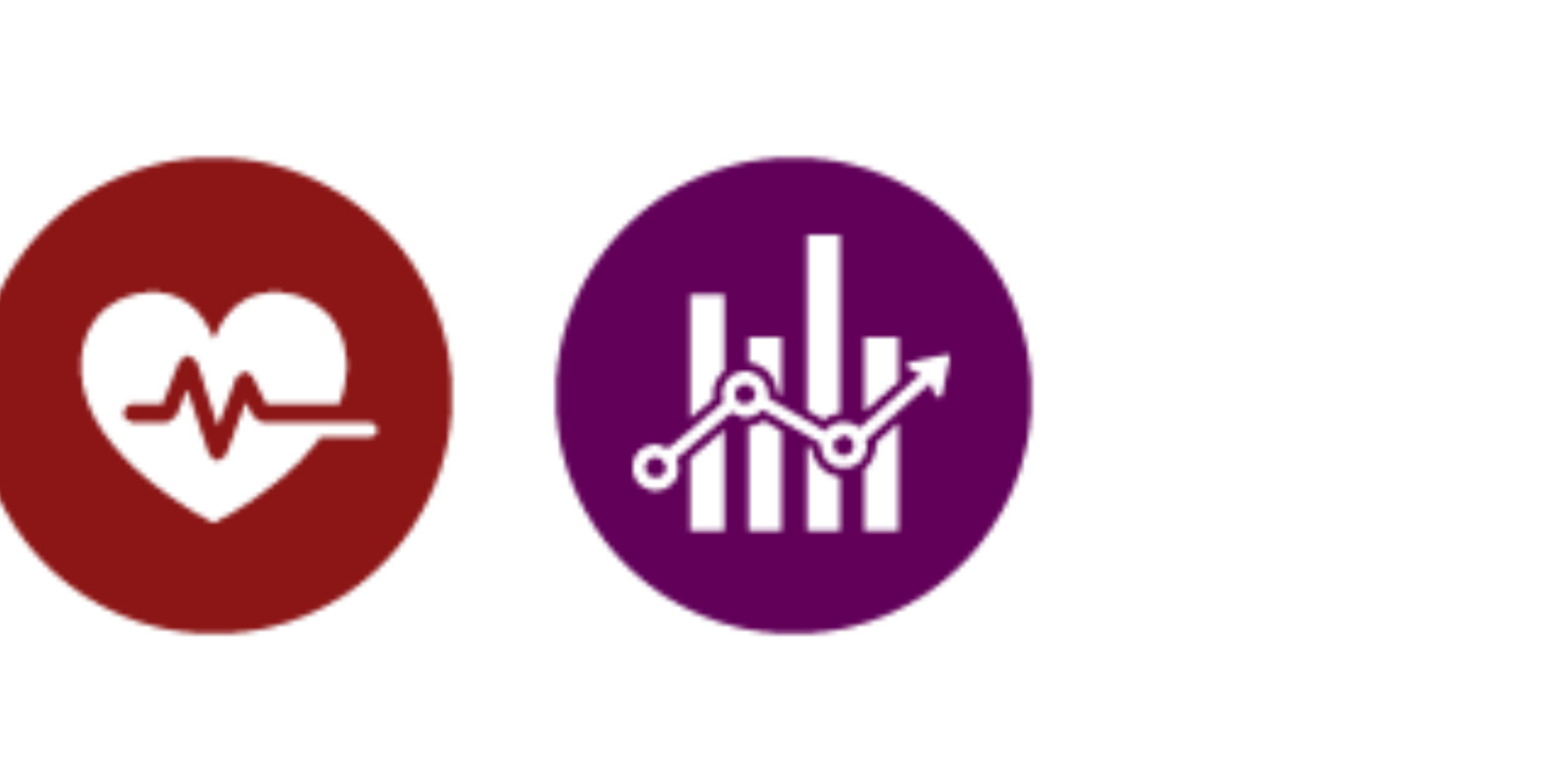Transforming India’s sanitation policy and practice
In 2000, survey data from the World Bank reported that nearly 75 percent of people in India were practicing open defecation. In 2020, that number has falling to under 15 percent. What has driven this steep decline in open defecation?
On Thursday, January 20, 2022, Parameswaran Iyer, the former Secretary to the Government of India in the Ministry of Drinking Water and Sanitation, sat down to discuss the Swachh Bharat Mission, a government-sponsored campaign Iyer led from 2014 to 2019 to eliminate open defecation and improve solid waste management.
Moderated by Jenna Davis, professor of civil and environmental engineering, this talk was hosted by the King Center, Stanford Center for Innovation in Global Health, and the Stanford Program on Water, Health & Development.
“One step towards cleanliness”

Since 1947, sanitation was not a development priority for India, with only minor improvements over the decades. In 2014, Prime Minister Modi announced the creation of the Swachh Baharat or “Clean India” Mission to eliminate open defecation in districts and villages throughout the country. Iyer, who was working at the World Bank at the time of Modi’s proclamation, returned to India to lead the mission in 2014.
In his conversation with Davis, Iyer addressed the four main challenges that his team faced when implementing the Swachh Bharat Mission: scale, speed, stigmas, and sustainability.
Scale
In 2015, 550 million people reported defecating in the open in India, the world’s second most populated country. Adequately addressing this public health crisis required a large network of dedicated players. The mission was able to recruit 120 million school students, 1 million masons—55,000 of whom were women—to build low-cost toilets. 650,000 Swachhagrahis (village motivators), 250 Sarpanches (local decision-makers), 700 district collectors, 500 Zila Preraks (young professional workers), and a team of brand ambassadors and communicators were also enlisted to help to expand sanitation awareness across the country.
Speed
Iyer had a five-year timeline to define success for the Swachh Baharat mission. Iyer tackled the “low-hanging fruit” first, including the states of Kerala, Himachal Pradesh, and Haryana. These “easy wins,” where rates of open defecation were lower already, would act as inspiration to others to continue their mission.
Stigmas
Iyer and the Swachh Bharat team needed to destigmatize emptying toilet pits in households, which can be viewed as unclean. Broadcasting messages over the radio, a medium in nearly 100% of homes, to debunk common myths proved to be effective, as was adopting new media, such as social media including Twitter, YouTube, and FaceBook. Lastly, Swachh Bharat used the popularity of Bollywood films and popular culture campaigns to create the commercially successful movie, Toilet: A Love Story, to promote the mission and adoption of in-home toilet use.
Sustainability
Iyer said the key challenge currently, after states and districts implemented strategies to discourage open defecation and promote the use of toilets, was sustaining the success of the program, while also broadening the definition of sanitation.
“For the Swachh Bharat Mission,” Iyer explains, “we had tunnel vision to make India open defecation free; ideally, get a toilet into every household and have it used. The other parts of sanitation that you might normally associate, like waste management or grey water management, are being implemented now in Phase 2 of the mission.”
The mission needs to look to the future with solid and liquid waste management to maintain the improvements in ODF states. In Phase 2, running from 2019 through 2024, the mission introduced ODF+, where villages were granted incentives to sustain ODF status and safely manage their solid and liquid wastes. In addition, as India’s water supply is scarce, finding innovative ways to reduce water use in toilets will be important going forward.
The ABCDEF of implementation
Iyer summed up the initial success of the mission with the acronym ABCDEF:
- Align
- Believe
- Communicate
- Democratize
- Evaluate
- Follow Through
The mission began by aligning the priorities of the federal system in India, because it was critical to build consensus across institutions, including in the offices of the prime minister, chief ministers, and local officials. As a “traveling salesman,” as Iyer describes his role, he had to ensure that the team was committed to the project in order to inspire others to believe in their mission. The team utilized the media and trained motivators to spread and communicate their message through various mediums.
The message, Iyer explained, was crafted with two arguments in mind: economics and health. A series of studies helped propel both arguments: a 2006 World Bank study found that the inadequate sanitation in India was costing the country more than 6% of its GDP and a UNICEF study found that in an ODF village, every household saved an average of $715 per year of avoided medical costs. A survey conducted by WHO projected that the mission would save 300 thousand lives per year.
“That became a very powerful argument,” Iyer says. “The credibility and rigor of the research was important to the credibility of the messaging. How you communicate that is even more important.”
Next, Iyer discussed the importance of democratizing the communities they were in and “getting communities to be accountable and to take the lead and make the villages open defecation free.” Although the project had a short timeframe, the team evaluated their progress throughout to learn and correct course if necessary. Lastly, they had to ensure that the changed behavior would become the new norm– follow through!
Outcomes and lessons learned
In 2019, after the five-year mission, states began self-reporting their ODF status, which showed the production of millions of new toilets, as well as over 600,000 villages, 700 districts, and 36 states declaring ODF. The self-reporting process included incentives to discourage local leaders from providing false data and checks to verify the ODF data published by states, including a “Sustainability Verification” performed by an external agency months after the state declared ODF.
The Department of Drinking Water and Sanitation also launched the National Annual Rural Sanitation Survey (NARSS) in 2017. NARSS surveyed 100,000 households in every state, as well as examined sanitation practices in schools, and rural childcare centers. The survey data showed that the percentage of rural households with access to toilets increased from 77 percent in 2017-2018 to 94 percent in 2019-2020. Iyer attributed the success of the Swachh Bharat Mission to several key factors:
- political leadership was critical to garner public support– the backing from Prime Minister Modi played a major role in their success;
- the government backed this program with 20 billion dollars: “put your money where your mouth is.”
- the mission engaged with development partners including NGOs, private sector, civil society and media.
- and lastly, the government inspired the people to take collective action and pride in their villages becoming ODF. “There’s a term in hindi, jan aandolan, meaning ‘the peoples movement,’” concluded Iyer, “without the people, this could never have worked and could never be sustained. It had to excite the people and make communities take pride in their village becoming ODF, in order for it to become a mass mobilization program.”
With successes though, came challenges and reflection about what should come next.
“If we had more time and a bigger mandate,” Iyer says. “We would have looked at sanitation planning of a particular community or village. In more densely populated rural villages, we would have probably tried a different approach, like decentralized fecal sludge managed.”
Urban areas and densely populated villages of rural regions were largely neglected. Looking back, Iyer says that a more comprehensive waste and liquid management approach to these townships, including decentralized treatment from local private operators, would have been advantageous.
The Swachh Bharat Mission has introduced into a second and third phase, ODF+ and ODF++, where cities and states can apply for certification based on new standards, which includes functioning public toilets and treatment of sludge and sewage.
To end their discussion, Davis asked what research could be conducted to further the mission and improve decision making in sanitation sectors; Iyer responded with two questions to help answer lingering questions about the success and failures of the program. What is the minimal level of access coverage that would give the maximum amount of health benefits? How can toilets be used on sustainable basis when India’s water supply is already scarce?



